Our commitment is driven by environmental management systems that inspire us for an essential respect for the planet
Our commitment is driven by environmental management systems that inspire us for an essential respect for the planet
Emissions reduction, consumption of alternative and renewable energy, recycling of water in the production cycle, use of non-virgin materials, maximization of the recovery of waste produced: in defining our strategies, we place great value on processes, technologies and materials for a more efficient use of energy and natural resources.

593 kg/t
cementitious product
Specific net scope 1 CO2 emissions (2024)

742 thousand
tons
Non-natural and recycled materials for concrete production (2024)
Climate change, energy and CO2 emissions
We recognize the efforts made by the international community to mitigate climate change…
Circular economy
Even in the production of cement, it is possible to adopt good practices in compliance with the principles of the circular economy…
Environmental protection
In our production processes, water is an irreplaceable element. Water is essential to reduce the temperature of gases…
Climate Change, Energy and CO2 Emissions
Buzzi is committed to climate change mitigation and to a transparent disclosure of its strategy to assess and manage the associated risks and opportunities
Buzzi is committed to climate change mitigation and to a transparent disclosure of its strategy to assess and manage the associated risks and opportunities
We recognize the efforts made by the international community to mitigate climate change. This is why we operate in line with the objectives set by international climate policies, and we are committed to reducing our CO2 emissions in our operations.
Our Journey to Net Zero
Our energy consumption in 2024
The production of cement and its basic constituent (clinker) is a process that requires a high amount of energy. Find out more through the graph.
Circular economy
An important resource: recycled materials from other industrial processes
An important resource: recycled materials from other industrial processes
Even in the production of cement, it is possible to adopt good practices in compliance with the principles of the circular economy: some natural raw materials can be replaced with waste materials deriving from other industrial processes.
With the use of co-combustion of waste-derived fuels, we achieve full recovery of energy and materials and lower pollutant emissions: a more sustainable solution than waste-to-energy, incineration, or landfill disposal and a concrete contribution to reducing global CO2 emissions by lowering the use of fossil fuels.
The production of concrete is also part of the virtuous process of circular economy thanks to the use of suitably treated construction and demolition waste, such as, for example, recycled aggregates.
Waste of steel processing and production residues of sulfuric acid can be used instead of iron ore. Chemical gypsum obtained from the treatment of combustion gases from electrical power plants can replace natural gypsum; slag and fly ash, thanks to their hydraulic properties, can partially be used instead of clinker and pozzolans.

9.8%
Raw materials for cement production originating from recovered materials (2024)

1.8%
Non-natural and recycled materials used in concrete (2024)




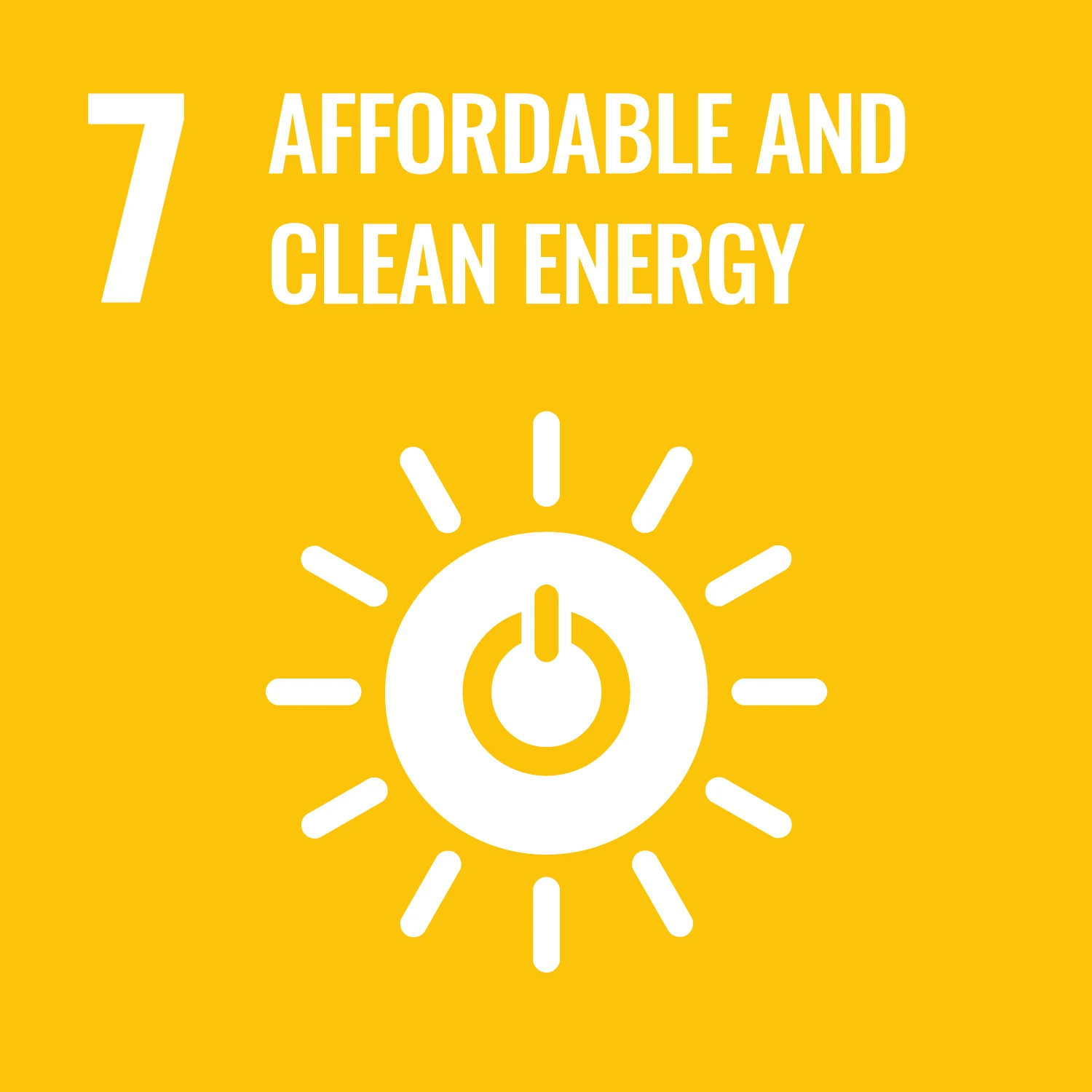
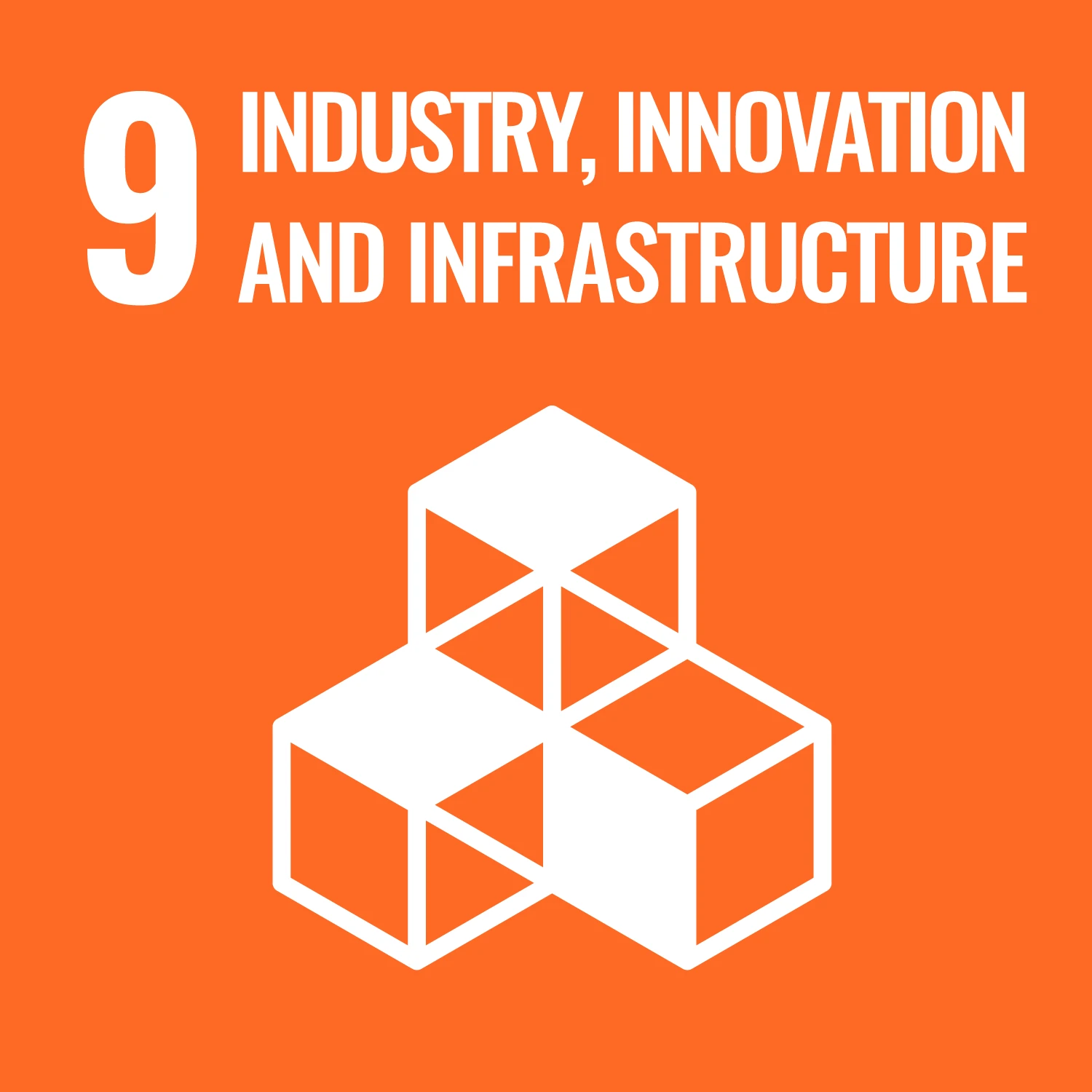
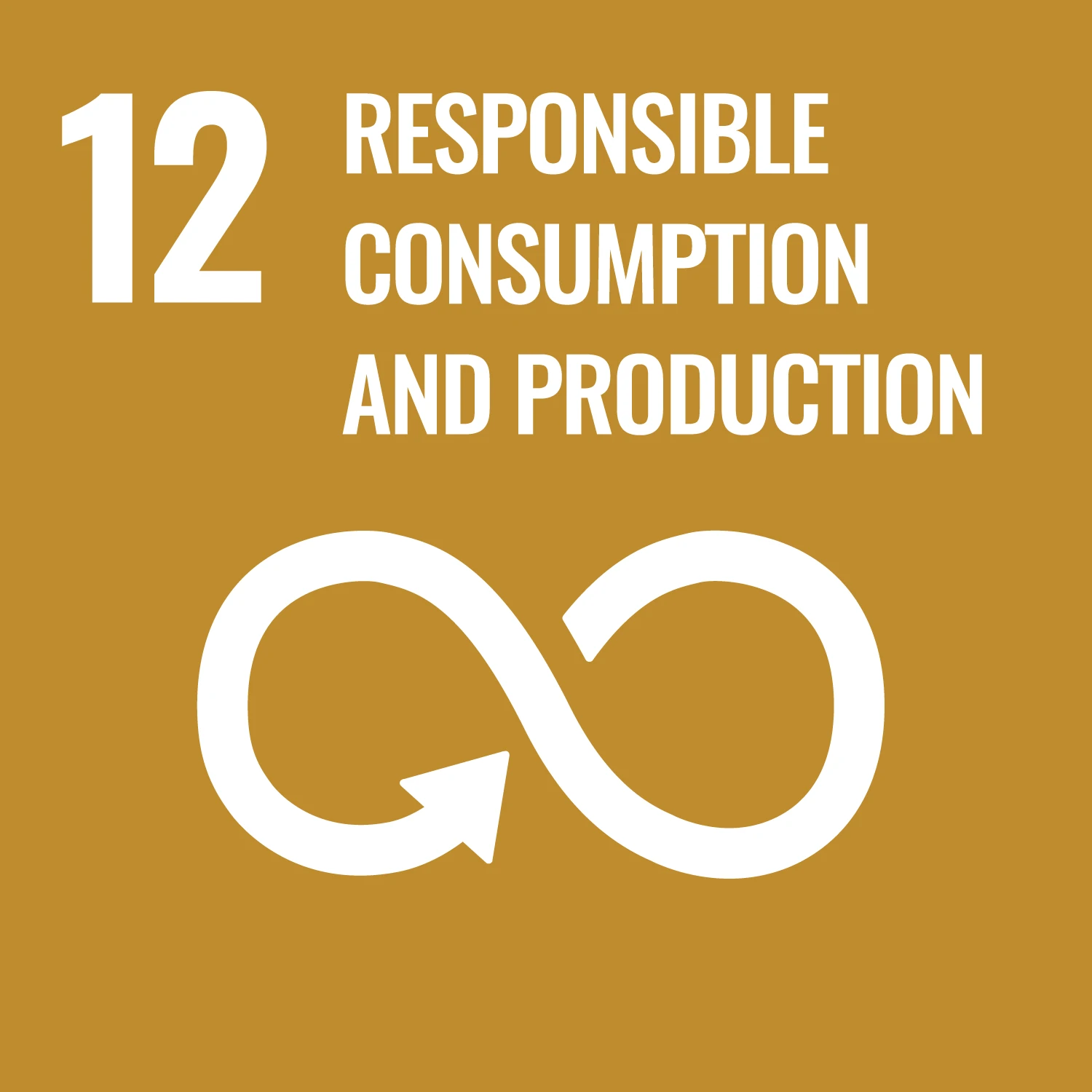
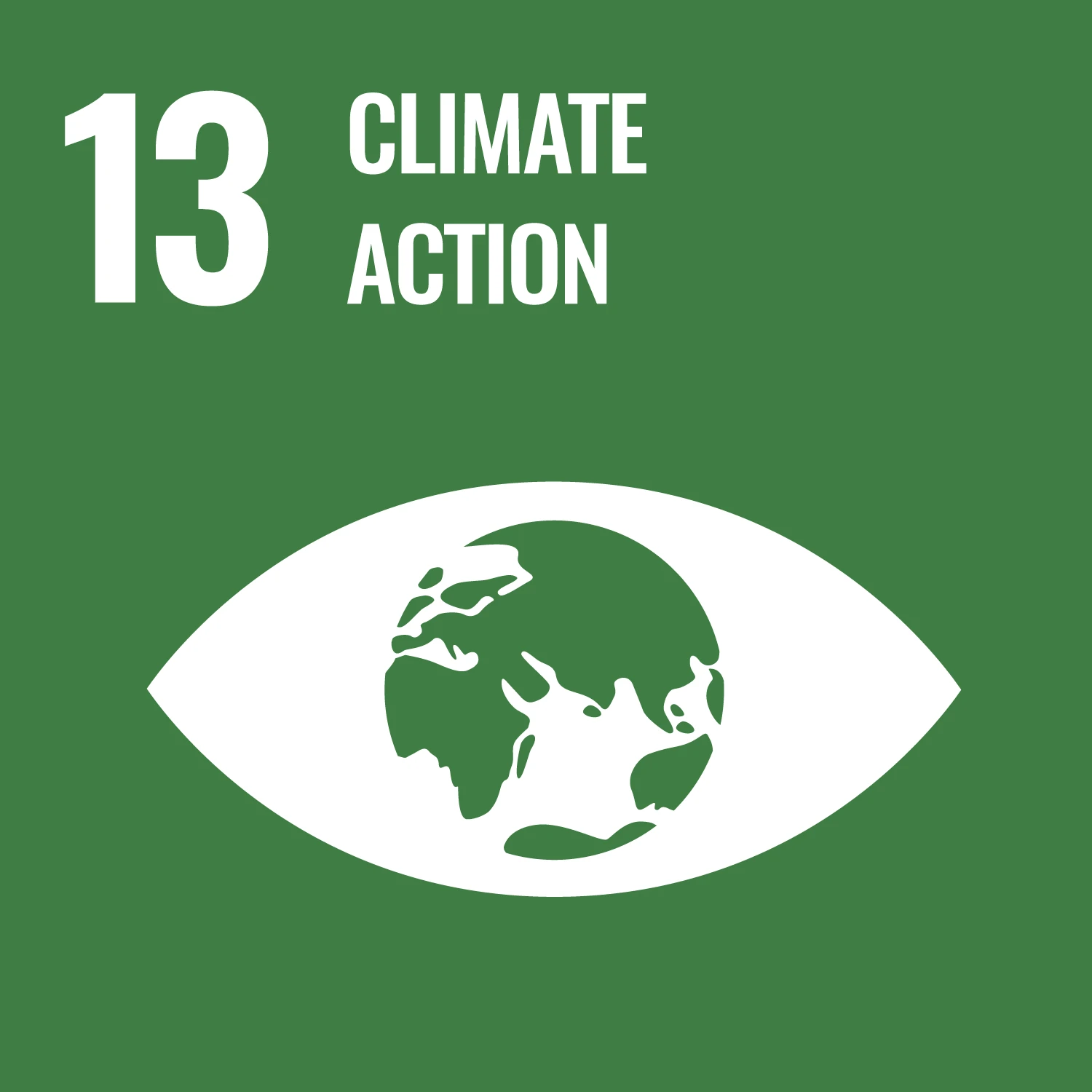
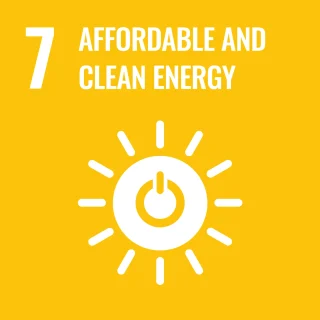

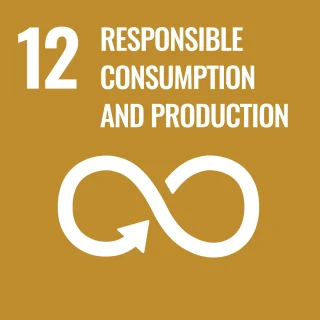









Contacts
Follow us on